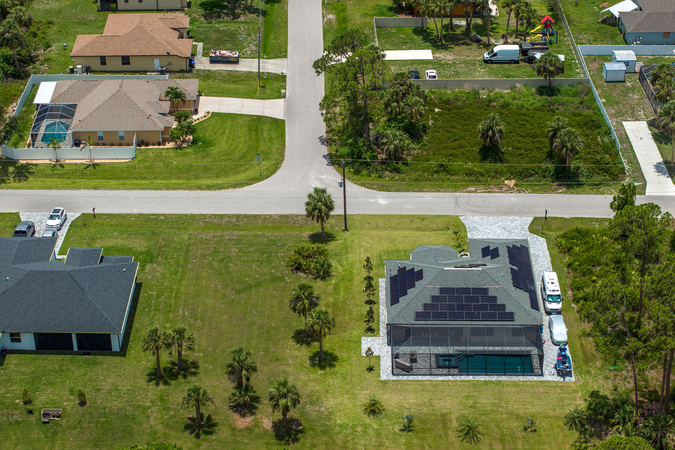Risk Management Practices: Cross-Agency Comparisons with Minerals Management Service
DownloadSince 1982, the Minerals Management Service (MMS, now restructured as the Bureau of Ocean Energy Management, Regulation and Enforcement, or BOEMRE) has been responsible for developing environmental and safety regulations for offshore oil and gas production.
In “Risk Management Practices: Cross-Agency Comparisons with Minerals Management Service,” authors Lynn Scarlett, Igor Linkov, and Carolyn Kousky explore how the MMS undertook those responsibilities and managed risk before the spill. The authors also look at the risk management frameworks used by seven other federal and foreign agencies, and use these to generate several recommendations for enhancing risk management practices for the U.S. offshore oil and gas industry.
Many agencies use the concept of “tolerable risk” (TR) in evaluating and managing risk. A TR framework breaks risk into three categories—acceptable, unacceptable, and tolerable—separated by numerical boundaries. Unacceptable risks are not allowed under any circumstances and, if identified, require that measures be taken to reduce the likelihood of harm. On the other end of the spectrum, acceptable risks are considered to have been reduced to levels that are below concern and require no further reductions. Tolerable risks occupy the middle ground.
Most of the agencies surveyed in the authors’ review have adopted a TR or modified TR framework, including putting specific number values on the unacceptable and/or broadly acceptable regions—but MMS did not. MMS did, however, use a model to project the likelihood that an oil spill will occur and to estimate the risks from potential oil development. The model has been evaluated and updated several times, but its accuracy and usefulness are still of concern.
And even if the oil spill risk model is useful in estimating probabilities of a spill and projecting damages, a larger decisionmaking issue looms: how safe is safe enough? This is where numerical thresholds can be particularly useful, providing a transparent goal against which to benchmark practices, equipment, standards, and facilities.
The authors explore other recommendations for BOEMRE, as well, including developing better risk assessment and management guidance; identifying and more systematically collecting information for understanding and evaluating risks and safety performance; and strengthening performance-based risk management by adopting proven approaches for offshore oil and gas development, such as those used in Norway and the United Kingdom.
Find more oil and gas, risk, and governance research and analysis from RFF here.






